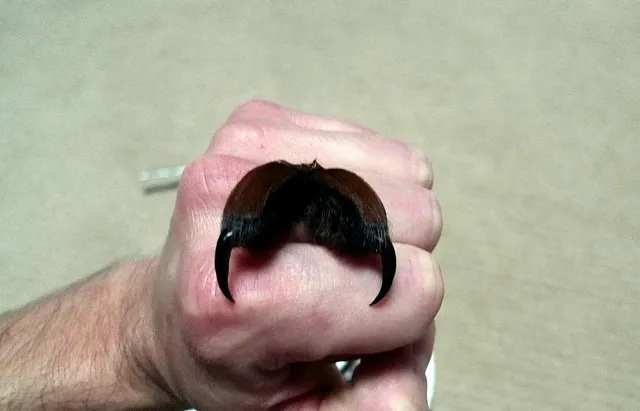Do Tarantulas Bite? Overview
The question of whether tarantulas bite is a common one, especially among those fascinated or fearful of these large, hairy spiders. The simple answer is yes, tarantulas can and do bite. However, the reasons behind their biting behavior, the effects of their bites, and how to avoid them are more nuanced. Understanding these aspects can help demystify these creatures and shed light on their interactions with humans. This article aims to provide a comprehensive overview of tarantula bites, addressing common questions and concerns in an informative and accessible manner.
Fact 1 Tarantula Bites How They Happen
Tarantulas, like all spiders, use their fangs (chelicerae) to bite. These fangs are typically located near the mouth and are used for both injecting venom and grasping prey. In the case of a tarantula bite to a human, the spider will typically bite in self-defense. This can happen if the spider feels threatened, is startled, or is mishandled. The bite is usually a last resort, as tarantulas often prefer to flee or use other defensive mechanisms, such as flicking urticating hairs (small, irritating hairs) from their abdomen, which can cause significant skin and eye irritation. A tarantula bite is rarely fatal to humans but can be painful.
Fact 2 Are Tarantula Bites Venomous?

Yes, tarantulas are venomous, meaning they inject venom into their prey and, occasionally, into humans when they bite. However, the toxicity of tarantula venom varies depending on the species. Most tarantula bites are not considered medically significant to humans, meaning they are not life-threatening. The venom is primarily designed to subdue the spider’s natural prey, such as insects, small rodents, or birds, and is not particularly potent against humans. The effects of a bite can range from mild, localized pain and redness to more severe reactions in rare cases, such as allergic responses. While the venom itself may not be highly toxic, the bite can still be painful due to the size of the fangs and the mechanical damage they cause.
Fact 3 Symptoms of a Tarantula Bite
The symptoms of a tarantula bite can vary from person to person. Common symptoms include immediate pain at the bite site, redness, swelling, and itching. Some people may experience muscle cramps, and in rare cases, more severe reactions such as nausea, vomiting, or difficulty breathing can occur, particularly in individuals with allergies. The severity of the symptoms often depends on the species of tarantula and the individual’s sensitivity to the venom. It’s important to monitor the bite site and seek medical attention if symptoms worsen or if you experience difficulty breathing or other severe reactions. Generally, the symptoms subside within a few hours or days.
Fact 4 Do All Tarantulas Bite?
Yes, all tarantulas are capable of biting as they all possess fangs and venom. However, their propensity to bite varies by species and individual temperament. Some tarantula species are more docile and less likely to bite, while others are known to be more defensive and prone to biting when they feel threatened. Handling tarantulas requires caution, and it’s essential to understand the specific behavior of the species you are interacting with. Avoid sudden movements or actions that might startle the spider. It is always best to observe and respect their space to minimize the risk of a bite. Proper handling techniques and knowledge of tarantula behavior are critical for anyone who keeps or works with these spiders.
Fact 5 How to Treat a Tarantula Bite

If you are bitten by a tarantula, the first step is to remain calm. Wash the bite area thoroughly with soap and water to prevent infection. Apply a cold compress to reduce pain and swelling. Over-the-counter pain relievers, such as ibuprofen or acetaminophen, can help manage discomfort. Monitor the bite site for any signs of infection, such as increased redness, warmth, or pus. If you experience any severe symptoms, such as difficulty breathing, dizziness, or excessive swelling, seek immediate medical attention. Although tarantula bites are usually not life-threatening, it’s always wise to get professional medical advice, especially if you have any concerns about the bite. Keep the affected area clean and dry to promote healing.
Preventing Tarantula Bites
Preventing tarantula bites involves understanding and respecting these spiders. If you own a tarantula, handle it with care and avoid any sudden movements. Always wash your hands before and after handling a tarantula, and avoid placing your hand directly in front of the spider. If you encounter a tarantula in the wild, observe it from a safe distance. Never attempt to handle or provoke a wild tarantula. When cleaning the spider’s enclosure, do so cautiously and wear gloves if necessary. By following these simple precautions, you can significantly reduce the risk of being bitten and ensure both your safety and the well-being of these fascinating creatures.
